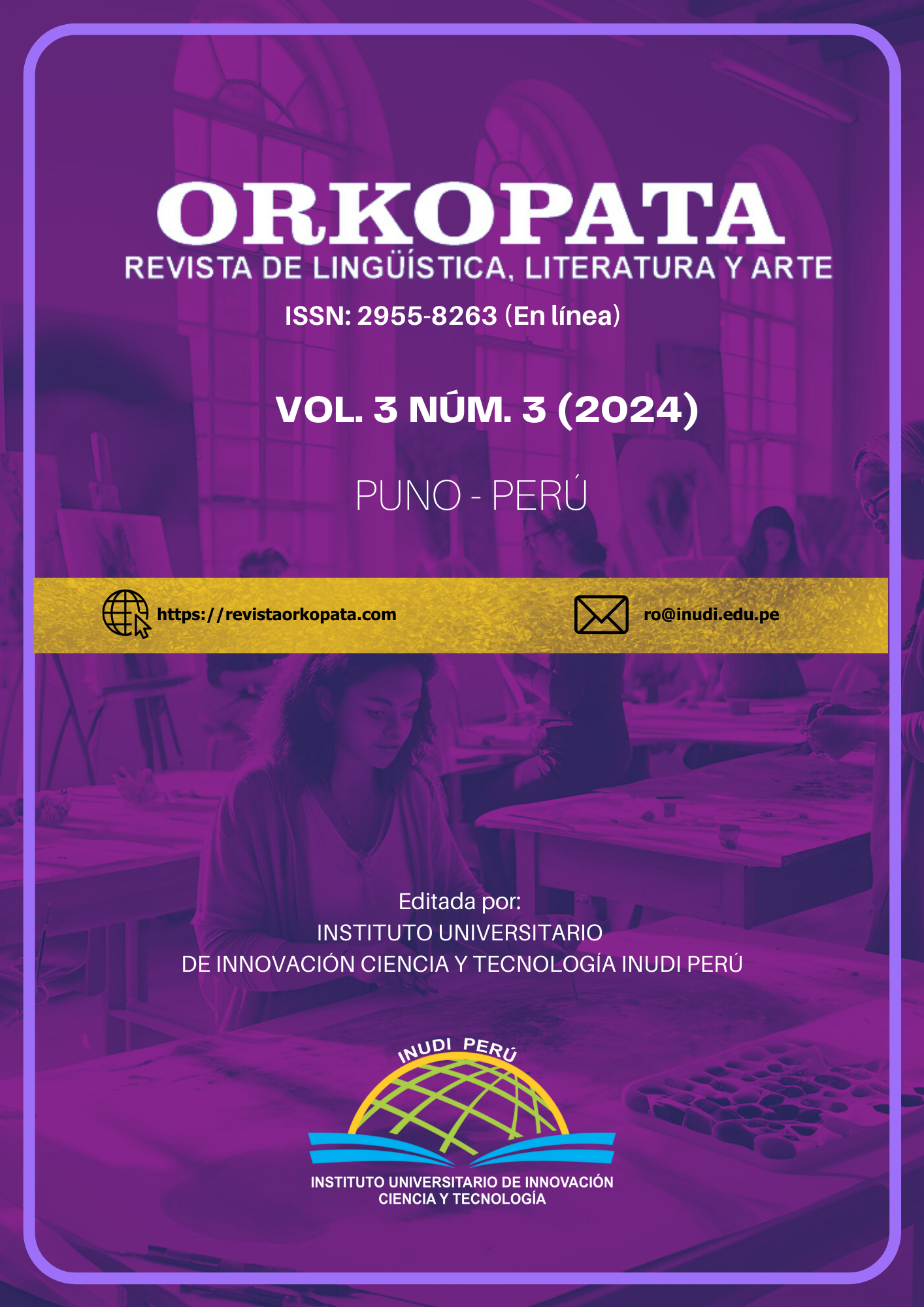constructional approach to the resultative semantics of the v+shang (上‘up’) construction in chinese
DOI:
https://doi.org/10.35622/j.ro.2024.03.001Keywords:
chinese, directional-resultative construction, linguistic corpus, semantics, upAbstract
Chinese, as a satellite-framed language, frequently and systematically uses the [verb + directional particle] (V+DP) construction to describe movement and resultative aspect by analogy, indicating the realization of the denoted event. Due to the lexical meaning carried by DPs, when indicating the realization of the event, the V+DP is characterized by having both literal and figurative meanings. Shang (上 ‘up’) is one of the most frequently used DPs to merge with verbs, forming new lexical units with a unitary meaning. This work focuses on the V+shang (上 ‘up’) construction with the aim of analyzing its resultative meaning from a constructionist perspective, highlighting its figurative uses. Based on real data extracted from the BCC (BLCU Corpus Center) corpus, this study examines the schematic resultative meaning of V+shang (上 ‘up’) from a constructionist viewpoint, positioning the various instances of this construction along the lexico-grammatical continuum. The results reveal that V+shang (上 ‘up’) presents two main resultative uses, which can be summarized as ‘more’ and ‘good’, underlying the metaphors MORE IS UP and GOOD IS UP, respectively. This study concludes that the V+shang (上 ‘up’) construction not only decodes physical and literal displacement but also functions metaphorically to describe the completion of the denoted event, explicitly indicating the result of that event in a metaphorical manner.
Downloads
Published
Issue
Section
License
Copyright (c) 2024 Yuan Wang, Antxon Álvarez (Autor/a)

This work is licensed under a Creative Commons Attribution 4.0 International License.













